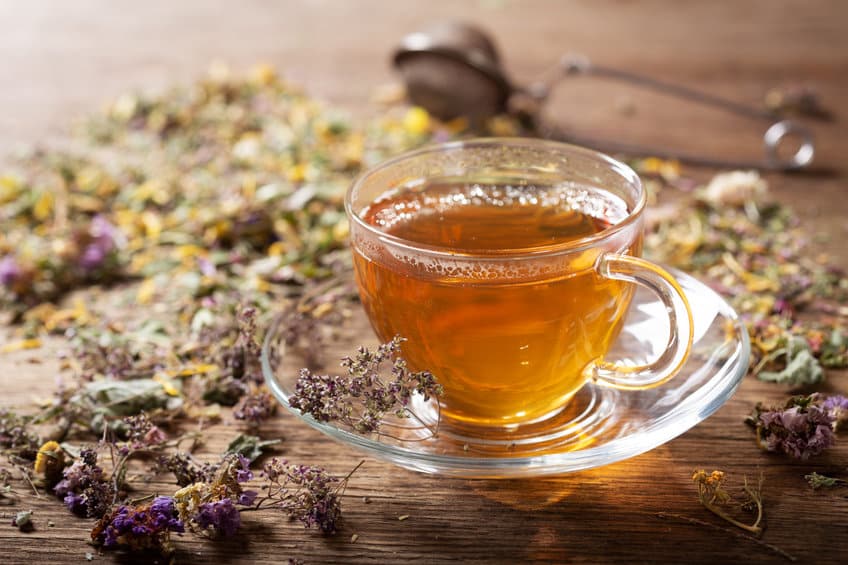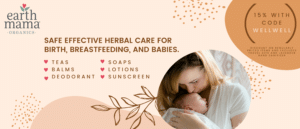By John Salak –
Chances are if a Brit, Aussie or Kiwi (New Zealander) needs a break they’ll ask for a cuppa, as in a cup of tea. This is one of many reasons the tea is the world’s most popular drink after water. Last year alone, 6.3 billion kilograms of tea were consumed worldwide—and this amount may rise by almost 20 percent by 2025.
Tea’s popularity is undoubtedly boosted by its head start over its rivals. For example, it was “invented” in 2737 BC, compared to coffee which popped up about 3,000 years later. Besides this, tea lovers can choose from literally 3,000 varieties, many offer up a variety of medicinal benefits.
Ultimately, the drink’s popularity isn’t going anyway. But that doesn’t mean it’s not worth taking a closer look at what happens when someone makes a cuppa. That’s what researchers from the American Chemical Society(ACS) did and they found all sorts of DBPs (disinfection byproducts) lurking about your average cup. There were, in fact, more DBPs found in tea brewed from standard tap water, which contain chlorine residuals, than in tea produced from other water sources.
The researchers were quick to note they are not against relying on chlorine to help protect drinking water. They are not even sure the DBPs they found are dangerous. But they are sure lots of DBPs are swirling around teacups worldwide.
The organization’s study identified 60 DBPs in three types of tea it examined. However, the ACS’s study “also detected many unknown DBPs with uncertain health effects.”
Tea is apparently a tricky drink to study. It contains about 500 compounds, such as polyphenols, amino acids and caffeine, that when exposed to chlorine can form DBPs. Some of the byproducts have been linked to cancer and adverse birth outcomes. Beyond this, DBPs can also be generated from reactions with compounds in the tap water.
The potential health issues identified in the report are undoubtedly troubling for many tea lovers. The good news is that even if potentially harmful DBPs are floating around in teacups, chances are the amount is so small it would be difficult for them to generate any long-term health issues.
Admittedly it is early days when it comes to establishing safe levels for most DPBs. But researchers noted that for the DBPs that are regulated, the average person would need to drink 18-55 cups of tea daily to reach or exceed safety levels set up by the U.S. Environmental Protection Agency. That a lot of cuppas for anyone.
Another piece of good news for tea lovers also came from the America Institute of Physics (AIP). It noted that impure water, the stuff that comes from the tap, may actually help enhance the taste of tea by reducing its naturally bitterness.
Its research team found that calcium carbonate, a harmless compound fond in tap water, is one of the prime reasons that a thin film forms at the air-water interface of a cup of tea as it cools from brewing. This film can also be caused by water hardness, acidity, sugar or milk, tea concentration, and brewing temperature.
Regardless of the cause, it makes for a better cup of tea.
“Tap water in many regions comes from limestone aquifers, where calcium carbonate, a harmless compound that can make water taste ‘crisper,’ is found,” explained Caroline Giacomin, the study’s co-author. “Many homes in the U.S. Midwest have water softeners to reduce this in their water supply to prevent buildup on faucets.”
However, she added, “if you were to make a cup of tea in perfectly pure water, it would not form a film at all, but the tea would taste quite bitter.”













